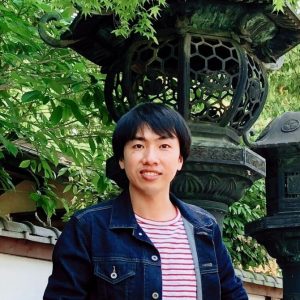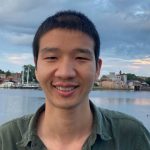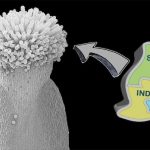Mai Duy Luu Trinh: Plant Direct First Author

 Mai Duy Luu Trinh, first author of “Lack of plastid-encoded Ycf10, a homolog of the nuclear-encoded DLDG1 and the cyanobacterial PxcA, enhances the induction of non-photochemical quenching in tobacco”
Mai Duy Luu Trinh, first author of “Lack of plastid-encoded Ycf10, a homolog of the nuclear-encoded DLDG1 and the cyanobacterial PxcA, enhances the induction of non-photochemical quenching in tobacco”
Current Position: Postdoctoral Researcher, University of Copenhagen, Denmark
Education: Doctor of Science (Life Science and Technology) and M.Sc. (Biological Science) in Tokyo Institute of Technology, Japan; M.Sc. (Biochemistry) and B.Sc. (Biology) in VNU-HCM – University of Science, Vietnam.
Non-scientific Interests: Reading books, mountain and forest hiking
Brief bio:
Science, especially, biology is my true passion. With more than ten-year experience, I have been learned biological knowledge from various categories such as microbiology, biochemistry, molecular biology, cellular and plant biology.
Photosynthetic regulation is important to assist plants to adapt to fluctuating changes in light conditions. Studies on photosynthetic regulatory mechanisms have been pointing out these mechanisms are essential to protect photosynthetic apparatus against the overproduction of reactive oxygen species (ROS) in chloroplasts. As a topic for my Ph.D. study in Japan, by using reverse genetic screening, we identified new protein factors such as FLAP1, DLDG1, TCR, and Ycf10 which co-express with other photosynthetic proteins and are conserved during the evolution of oxygenic phototrophs. Knowledge archived by studying the functions of these chloroplast proteins will shed light on understanding photosynthetic regulatory mechanisms in chloroplasts, then further optimizing photosynthesis for enhancing biomass in plants.
Recently, I have keened on Chenopodium quinoa (Quinoa) plants which were domesticated as crops in the Andes, South America long time ago. Quinoa is also known as a typical halophyte plant that can tolerate high salt concentrations in soil. We are trying to figure out the main mechanisms which can make quinoa so resilient. We have also developed biotechnology tools to study and modify quinoa’s genome to improve the domestication of quinoa for new lands in the world.



